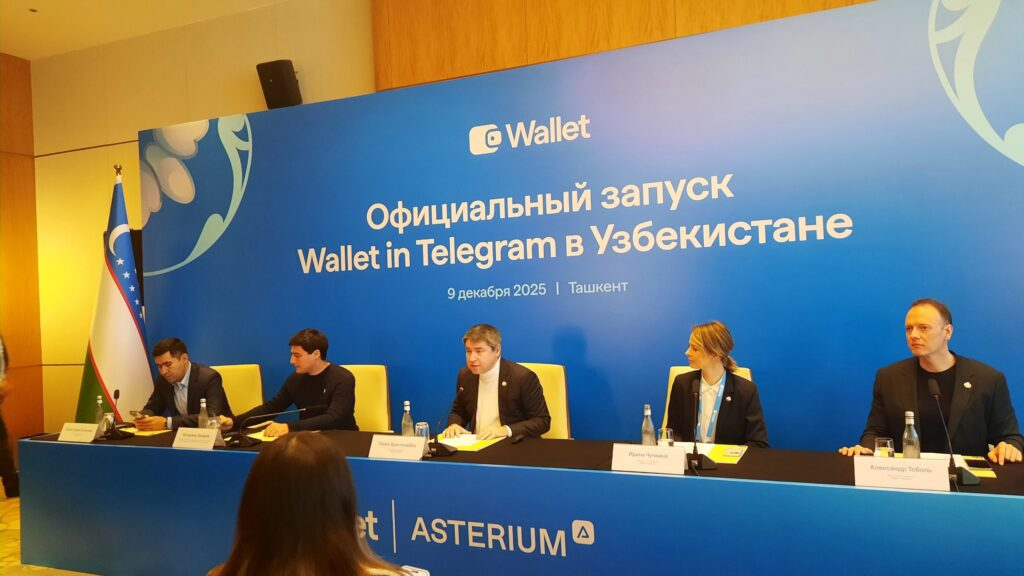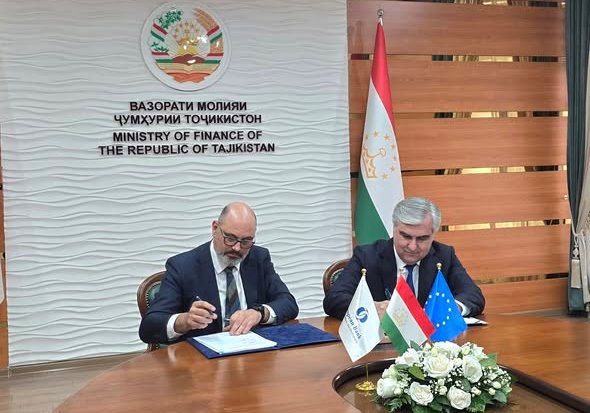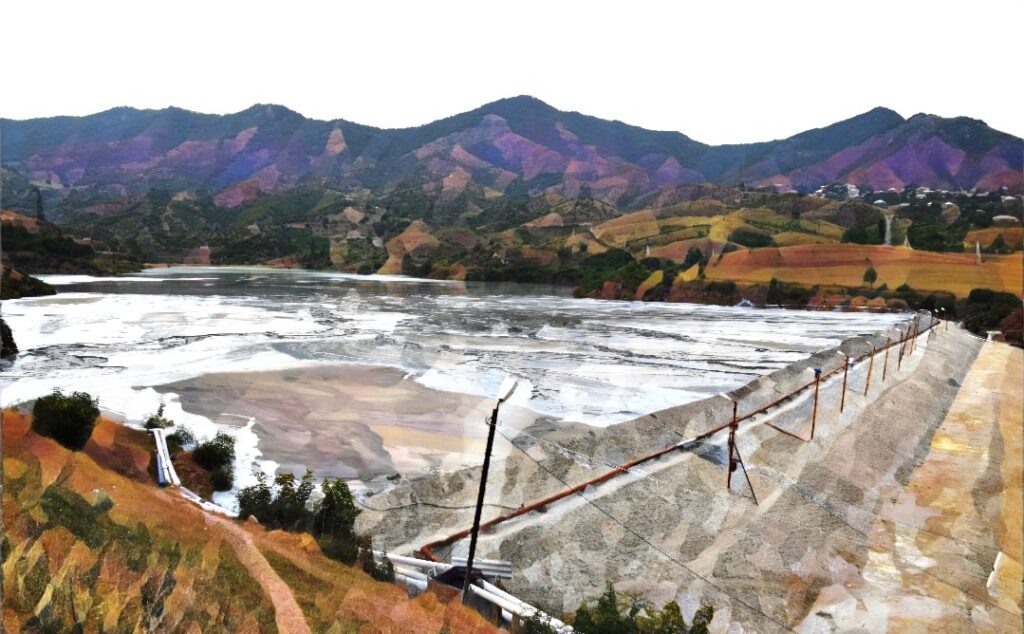BISHKEK (TCA) — The European Union (EU), one of the largest international donors to the Kyrgyz Republic, is providing investment grants to three projects co-financed and implemented by the European Bank for Reconstruction and Development (EBRD) and the European Investment Bank (EIB).
The modernization projects will help three municipalities in Kyrgyzstan to improve the infrastructure and management of water and wastewater services, benefiting a total of over 285,000 people.
The EU has provided grants worth a cumulative €11.15 million, which will support the investments of the EBRD and the EIB. The grant agreements were signed on December 2 by the Kyrgyz Ministry of Finance, the municipalities and water companies of Osh, Kara-Suu and Cholpon-Ata, and the Bank.
Kyrgyzstan faces great challenges in upgrading and maintaining dated municipal infrastructure that serves an increasing number of people in urban areas. In the water sector, many assets for water supply and wastewater collection have deteriorated severely and wastewater treatment is very limited. As a result large parts of the population remain unserved or only partially served and environmental and health risks are high.
In Osh, the second-largest Kyrgyz city in the south, the EBRD is investing €2.5 million, the EIB €2.25 million and the EU is providing €4.75 million in grant co-financing. This financing will be used to refurbish the wastewater treatment system, to rehabilitate pumping stations and to install water meters in several districts of the city. In addition, the rehabilitation of water laboratories will be funded by the EBRD Water Fund (supported by Finland, Korea, Norway and Sweden).
In Kara-Suu, in the Osh region, the EBRD and the EIB are investing €1 million each and the EU is providing grant financing worth €3.3 million to improve water sourcing and the water network, to rehabilitate and extend the wastewater network, the wastewater treatment plant and operations and maintenance equipment. The project also benefits from technical assistance support funded by the Czech Republic and the EBRD Early Transition Countries Fund.
In Cholpon-Ata, in the north-eastern part of the country, the EBRD and the EIB are investing €1 million each and the EU is providing grant co-financing totalling €3.1 million. The financing will be used for critical improvements, including water source and network rehabilitation, replacement of equipment, and the purchasing of operations and maintenance vehicles.
These water projects are part of an EBRD framework worth €20 million and designed to increase investments in the Kyrgyz water and wastewater sector.
Earlier this month the Bank signed an agreement for a similar project with the city of Kyzyl Kiya. Of the total financing package of €6 million for this project the European Union provided a capital grant of nearly €3.5 million.
“The EU is a major sustainable development partner in the Kyrgyz Republic through strong cooperation in various areas and substantial financial assistance. Including the project in the city of Kyzyl Kiya, the total amount of the EU contribution reaches €14.6 million,” Cesare De Montis, Head of the Delegation of the European Union said.
Neil McKain, EBRD Director for Central Asia said: “We are delighted to be able to continue our work with municipal companies and our cooperation with the EU to carry out these critical investments in the Kyrgyz water sector. These projects are set to concretely improve the day-to-day lives of many people who need a reliable water and wastewater service, and will also improve the water companies’ know-how with regard to better, less costly operations and maintenance of services.”









